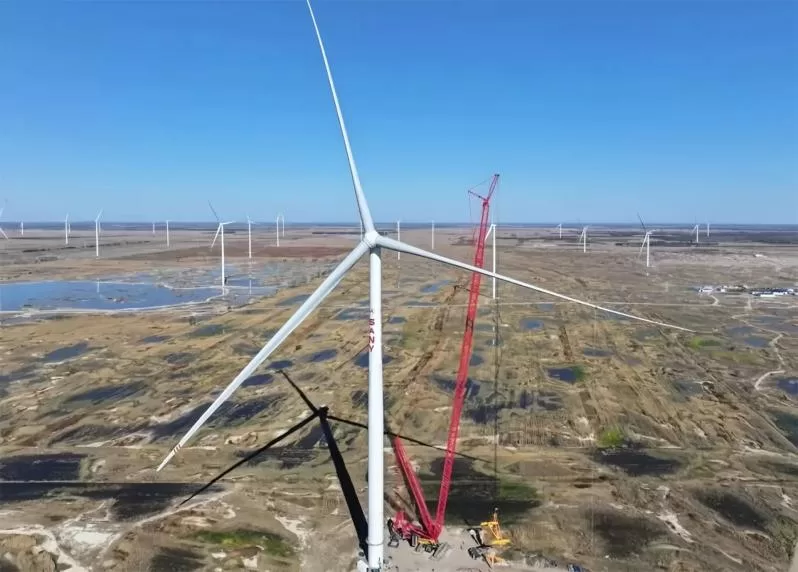The U.S. renewable energy sector faces a significant shift following the release of IRS Notice 2025-42, which clarifies how wind and solar projects will be treated under the One, Big, Beautiful Bill Act (OBBBA). This notice is crucial for developers planning to take advantage of the Clean Electricity Production Credit (Section 45Y) and the Clean Electricity Investment Credit (Section 48E).
End of Credits for Future Projects
Under the new rules, wind and solar facilities that begin construction after July 4, 2026 will no longer qualify for these tax credits if they are placed in service after December 31, 2027. For developers, this effectively creates a countdown clock: projects must move quickly from planning to physical construction to secure incentives before the deadline. This may be a lifeline for projects like the Atlantic Shores Projects 1 and 2 that have recently been paused due to the adverse environment for reneable projects. It is possible to bring a large wind farm to commercial operation in 12 months as proved by the 248MW Beaver Creek Wind Farm in Montana whcih in August begun commercial operation.
Stricter Definition of “Beginning of Construction”
In the past, developers could rely on the “Five Percent Safe Harbor” rule, which allowed projects to qualify for credits by spending at least 5% of project costs. That flexibility has now been removed for most wind and solar facilities. Instead, developers must satisfy the Physical Work Test—demonstrating that “physical work of a significant nature” has started before July 5, 2026.
This means activities such as pouring foundations for wind turbines, installing solar racking systems, or manufacturing custom components under binding contracts will count. However, preliminary steps like permitting, financing, or land clearing will not.
The Four-Year Continuity Requirement
Even if construction starts on time, developers must maintain a continuous program of construction and place facilities in service within four years to retain eligibility. Certain delays—such as supply chain disruptions, extreme weather, or permitting holdups—may be excused, but the IRS stresses that continuity will be closely monitored.
What Developers Should Do Now
For U.S. wind and solar developers, the message is clear: accelerate project pipelines. Firms should:
- Lock in binding contracts for major components before July 2026.
- Prioritize shovel-ready sites where physical construction can begin promptly.
- Plan for contingencies to meet the four-year in-service deadline.
With tax credits forming a key part of project economics, delays beyond mid-2026 could mean the difference between financial viability and stalled projects.
Outlook
The OBBBA’s credit termination provisions reflect a policy shift away from long-term subsidies and toward market-driven renewable growth. For developers, the next 12–18 months will be critical. Those who move swiftly will still benefit from federal support, while late movers risk missing out altogether. It could mean that projects that had been paused like the Atlantic Offshore Solar could get a reprieve it they meet the demads set out in the rules.

